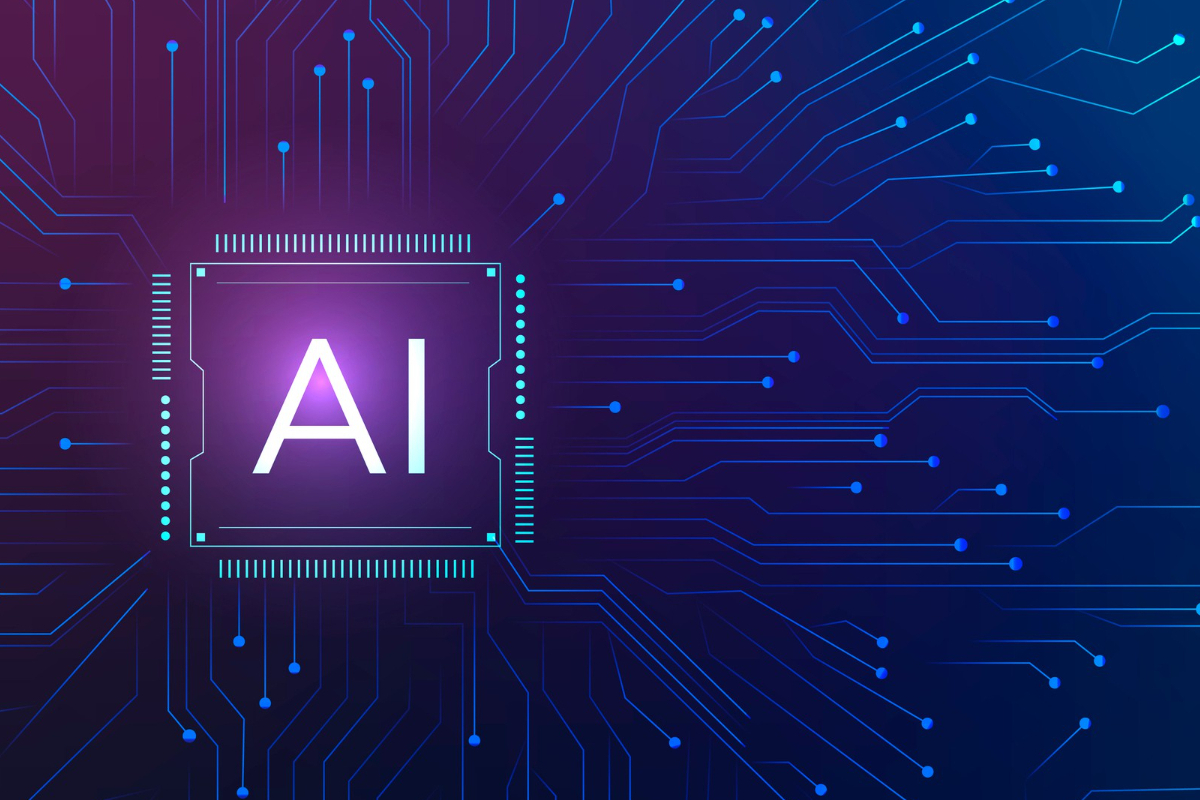


GPT-3 is an acronym for third-generation Generative Pre-trained Transformer.
This advanced AI model excels in facilitating human-machine conversations, particularly within chatbots, due to its exceptional ability to produce coherent and contextually relevant text.
The potential of artificial intelligence (AI) in enhancing health outcomes—especially in critical situations involving life and death—is truly fascinating. While there are significant hurdles to overcome before digital healthcare becomes commonplace, such as data privacy concerns and fears of mismanaged care stemming from human errors or technology faults, there is enough promise to encourage governments, technology firms, and healthcare providers to invest in and trial AI-driven tools and solutions.
AI tools are being utilized for case screening, assisting physicians in evaluating scans and images. Radiologists and cardiologists can prioritize urgent cases, minimize potential errors in reading electronic health records (EHRs), and enhance the accuracy of diagnoses with these insights.
Recognizing acute kidney injury (AKI) can be challenging for healthcare professionals, yet timely identification can prevent rapid patient deterioration and save lives. Early intervention can significantly decrease the need for lifelong treatments and the costs associated with hemodialysis, as it’s estimated that approximately 11% of hospital deaths are linked to unrecognized and untreated AKI.
By transforming EHRs into AI-driven prediction tools, clinicians can enhance their workflows, clinical judgments, and treatment strategies. Implementing natural language processing (NLP) and machine learning (ML), these tools can analyze a patient’s comprehensive medical history in real-time, correlating it with symptoms, chronic conditions, or familial diseases, to identify potential health issues before they escalate.
AI can also significantly streamline healthcare by automating routine administrative tasks. It’s estimated that this automation could save the healthcare sector up to $18 billion, allowing physicians, nurses, and healthcare workers to focus more on patient care. Technologies like voice-to-text transcription can aid in writing clinical notes, ordering tests, and managing prescriptions.
AI applications that involve natural language generation hold tremendous potential, and there is substantial excitement surrounding them. While this promise is partially fulfilled, automating repetitive tasks can help providers feel more engaged, as it reduces their time spent interacting with technology—an often frustrating aspect of their jobs.
With AI and natural language processing (NLP), tedious tasks such as order creation, navigating complex Electronic Health Records (EHR), and preparing documents for approval can be handled more efficiently.
It is essential to note that GPT-3 does not embody general artificial intelligence. It cannot, and likely will not (at least for now), replace the human connections that are vital to healthcare. While GPT-3 performs well in free-form conversation assessments aimed at reading comprehension, it struggles under conditions that mimic the dynamic interactions between students and teachers, and it performs poorly on standardized tests for middle and high school students.
This limitation makes sense since GPT-3 lacks inherent “knowledge.” A significant drawback of GPT-3 is its tendency to contradict itself, to regress logically, and to lose coherence over time. Thus, relying on GPT-3 as a substitute for healthcare providers, especially in critical situations like medical emergencies or sensitive conversations, is impractical.
The most prominent application of GPT-3 is the ChatGPT language model. ChatGPT is designed for human interaction and can question erroneous assumptions, ask follow-up queries, and recognize mistakes. During its beta testing phase, ChatGPT was made freely accessible to gather user feedback, aiming to mitigate the risk of producing harmful or misleading responses.
Another notable application is Dall-E. This AI image-generating neural network, built on a variant of GPT-3 with 12 billion parameters, can create images based on user-defined text prompts after being trained with a comprehensive dataset of text-image pairs. Both Dall-E and ChatGPT were developed by OpenAI.
GPT-3 represents a significant leap forward in natural language processing (NLP), facilitating improved interactions between humans and technology, and advancing the efficiency of language-related tasks.
GPT-3 can handle various tasks, from generating content to translating languages, saving valuable time for IT staffing solutions while enhancing overall productivity.
The sophisticated language processing capabilities of GPT-3 make technology interactions feel more human-like and natural, leading to a better user experience.
By providing actionable insights and recommendations based on vast datasets, GPT-3 can assist organizations in making smarter, data-driven decisions.
Like many AI systems, GPT-3 was trained on existing data, which may include biases and a lack of diversity. This can lead to biased outcomes and perpetuate harmful stereotypes.
As with any AI model that processes large volumes of data, concerns about privacy and security arise regarding the handling and storage of this data by GPT-3.
Relying predominantly on one AI model, such as GPT-3, poses risks of lock-in, making it challenging to transition to alternative solutions if necessary.